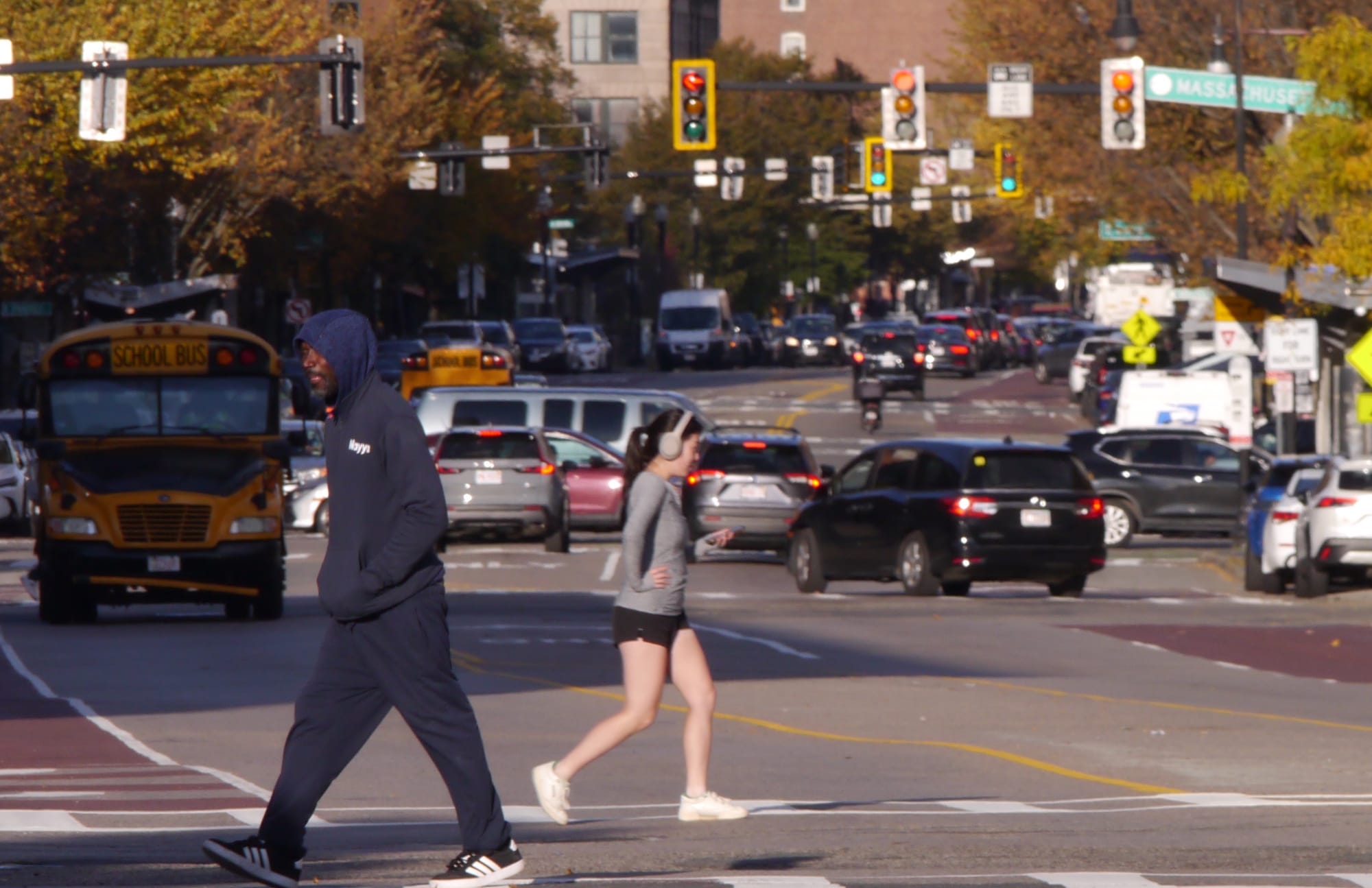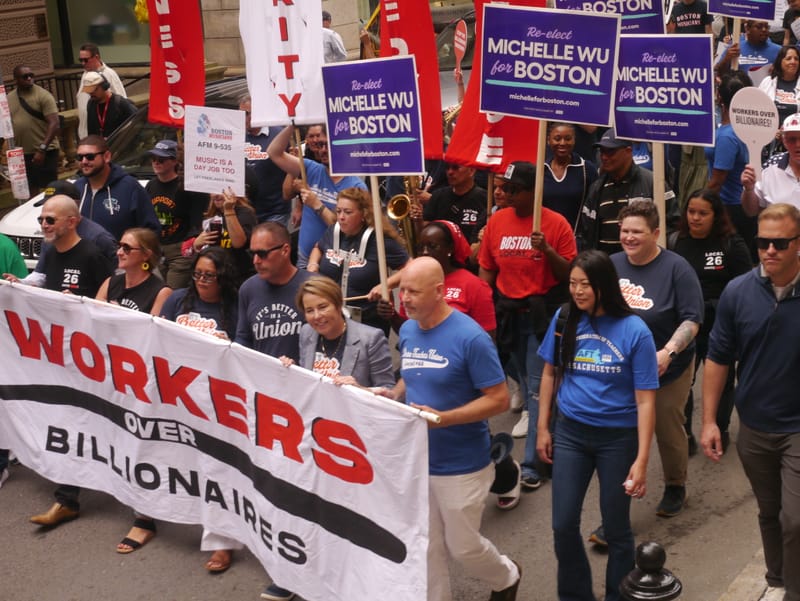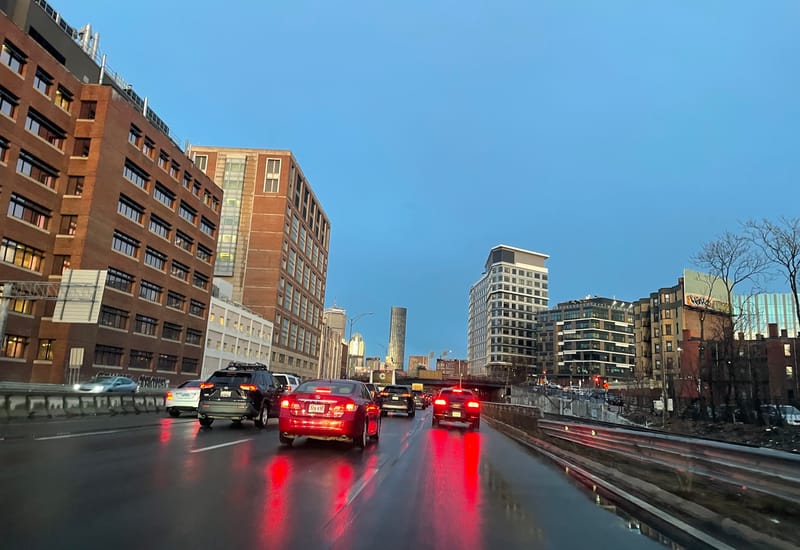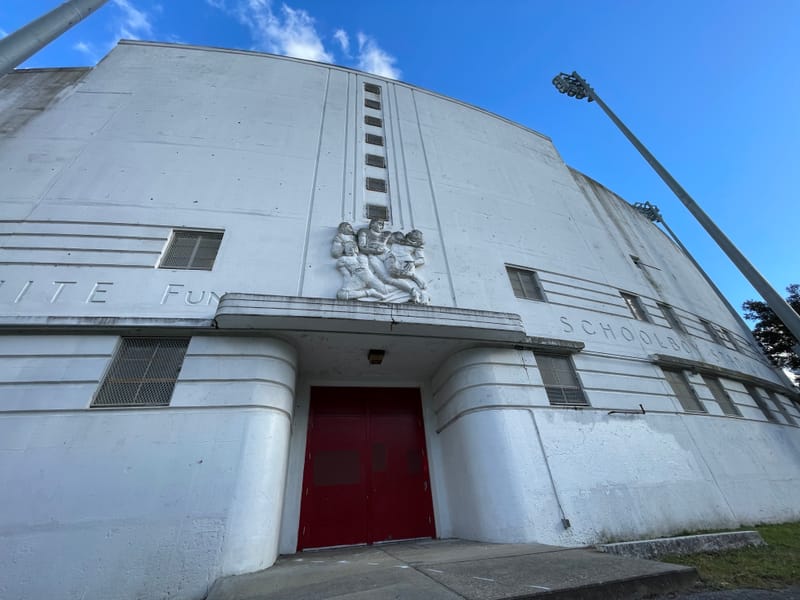Studies suggest race bias could be driving disparities in pedestrian injuries, fatalities
A 2015 study conducted in Portland, Oregon found that cars passed by Black pedestrians twice as many times as white pedestrians. Black pedestrians also experienced longer wait times than white pedestrians.
By Nicole Abrams
A new study from this year shows a large racial disparity in the safety of Boston pedestrians, adding to a body of research that looks into why Black and brown pedestrians are more at risk of getting hit by a car.
In June, a study revealed that Boston residents from predominantly Black and Latino neighborhoods were four times more likely to be struck by a car than residents from predominantly white neighborhoods, both in their own communities and communities that are predominantly white.
The researchers claim that one factor is because communities of color are more dangerous to walk in. They also cite another potential factor: there are more Black and Latino residents without access to a car, forcing them to walk more.
But a pair of studies conducted in recent years point to another potential factor behind the disparities: racial bias.
A 2015 study conducted in Portland, Oregon found that cars passed by Black pedestrians twice as many times as white pedestrians. Black pedestrians also experienced longer wait times than white pedestrians.
Tara Goddard, an Assistant Professor of Civil Engineering at Cal Poly San Luis Obispo, worked on this study and said that they wanted to look into driver yielding behavior for different people.
“People of color, particularly men of color, are really overrepresented in the pedestrian serious injury and fatality statistics,” Goddard said. “And that is true even if you controlled for things like socioeconomic status or [the] kind of area that people are in.”
Another study conducted in Las Vegas, Nevada in 2017 found that significantly more cars passed through the crosswalk in a high-income neighborhood when the Black female pedestrian was in the roadway than when the white female pedestrian was in the roadway.
Courtney Coughenour, an associate professor at the University of Nevada, Las Vegas School of Public Health, who worked on this study, said that the findings of her study were not surprising, but still disheartening.
“We’re living in a world where the history in our country is very complicated when it comes to race, and that, I think, still manifests in some way, shape or form,” said Coughenour. “And in this case, it was driver yielding behavior, which influences pedestrian safety.”
Coughenour also said that the findings from her study reveal the importance of enhancing the built environment to keep pedestrians safe.
“The results basically validate people’s lived experiences, but also support the need for enhanced infrastructure when it comes to pedestrian crossing,” said Coughenour.
When asked about the June 2025 study in Boston, Goddard said that she was not surprised by the findings.
“These places are just less likely to have the lighting, the crossings — those kind of things that we know make people safer when they're trying to walk across the street,” Goddard said.
Coughenour also said that she was not surprised by the findings of the study because of how similar they were to the findings of her study in Las Vegas and the Portland study, but pointed out that race is another important factor to consider.
“I would say it would be a fair assumption to say neighborhood design might play a role, but I also think it's a fair assumption to say that racial bias might also be a factor,” said Coughenour.
While it may be difficult to counter the unconscious racial biases of drivers, there are concrete steps cities can take to make crosswalks safer for everyone. Goddard said that Boston should take action to invest in communities that lack safe infrastructure.
“It’s unfortunate that in making vehicles safer and safer and not doing better things for the built environment, for road infrastructure, we've made people outside of vehicles less and less safe,” Goddard said.
Coughenour echoed this sentiment, saying that the findings of the 2025 study suggest that communities need enhanced pedestrian infrastructure.
“I think we should be doing this data analysis for the purposes of improving health and safety,” Coughenour said, “so hopefully their findings will be used in such a way that can improve safety of the residents of Boston.”
Throughout Boston, city officials have invested in traffic calming measures such as raised crosswalks, curb bump outs that narrow street crossings, speed bumps and a city-wide 25-mile-an-hour speed limit.
But the challenges remain for pedestrians. In January, two women were struck in the crosswalk at the intersection of Washington Street and Lenox Street in Roxbury — a wide expanse of asphalt that crosses four travel lanes with no pedestrian signal. One of the women died of her injuries.
In a statement sent to The Flipside, Caitlin McLaughlin, the Director of Media and Public Relations for Boston Emergency Medical Services, said that Boston EMS has been working with the City’s Streets Cabinet and the Boston Transportation Department to reduce “traffic-related injuries involving pedestrians and cyclists.”
“The findings from this recent study validates the importance of the comprehensive strategy we have been taking to [address] community-level vulnerabilities — both in local neighborhoods and citywide,” McLaughlin said.






